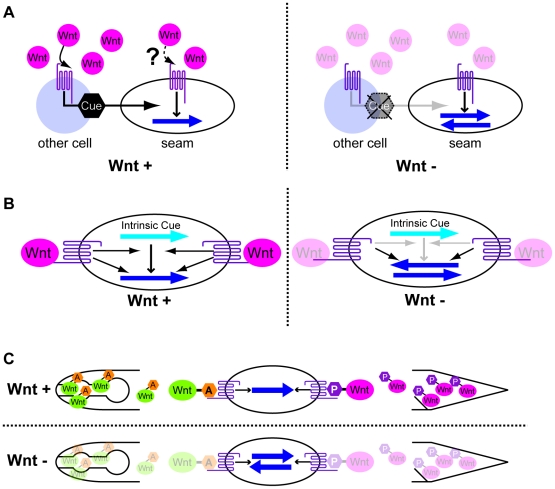Figure 7. Possible models for polarity orientation by Wnts.
(A) Wnts activate the production of polarity cues (black hexagons) through their receptors in cells other than seam cells. The Wnt receptors also function in polarity generation in seam cells using the cues but not Wnts as directional information. (B) Wnts and their receptors function in the interpretation of intrinsic polarity cues (light blue arrows). The receptors also function in polarity generation even in the absence of Wnts. (C) Polarity is instructively oriented by Wnts that are modified by Wnt-expressing cells. That is, anteriorly and posteriorly expressed Wnts receive “anterior modification” (orange hexagons A) and “posterior modification” (magenta hexagons P), respectively. Wnt receptors recognize the modifications to properly orient the polarity. In all the panels, the dark blue arrows show the polarity orientation that is randomized in the absence of Wnts. Anterior is to the left.

